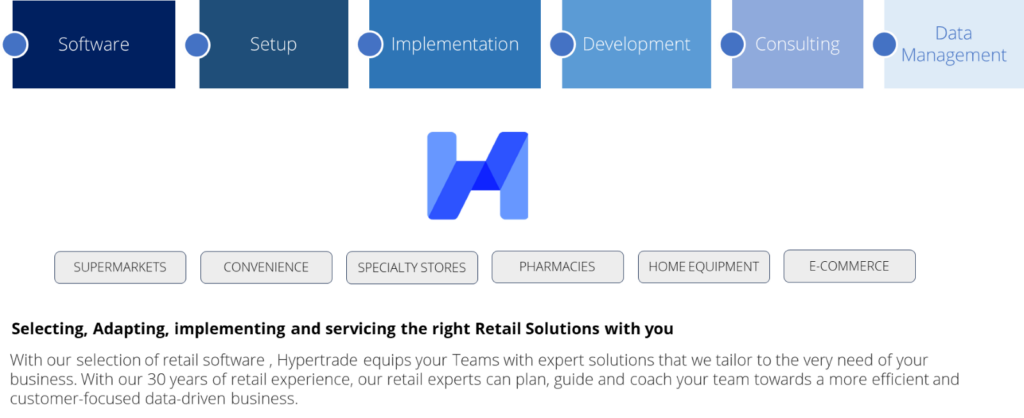The objective of Category Management is to ensure each Category’s performance is maximized to its full potential. Ideally, each category is assigned a specific role. Each role will determine how the range, pricing, distribution, display and promotions will be managed through different strategies and tactics. These strategies and tactics start from purchasing and supplier management to Visual Display and Sales performance management.
In that view, category management is a working approach supporting a business model (a category must contribute to X% of
sales, Y% of margin and Z% of cash flow)
In this approach, each Category is considered as a stand-alone business unit managed by a Category Manager. The category manager will pay specific attention to ensure that each product performances is maximized.
Challenge
Our Client’s was aware of the importance of Category Management and how it was critical to implement it. Their struggle was on the execution side. How to make this new working organization work, make people’s life easier and deliver results. Our role in this assignment was to help the team kick it off, in real life.
Action
Obviously, Category Manager’s Team can’t implement Category Management process for all their Categories at once. Then, they selected their Top Categories according to their sales contribution and the least performing Categories. When we follow the book, the category management process includes 7 steps. As our client was at the early stage of implementation, there was no benefit in trying to implement the complete process at once. We preferred a step-by-step approach, with easy wins. In that view, we agreed with the Team to focus on 2 main steps, plan them and define what had to be done.
STEP 1
Ensure all is counted and accounted for: Category Assessment
The first step we agreed to take and later planned recurringly is the Category Assessment. The objective of the assessment is to be able to decide what to do next. Beyond the sales assessment, which the Team was already familiar with, we agreed to add dimensions to the assessment. A Category Management Wheel (see illustration) was designed to help align decisions and conditions.
Sales Quantities: the team defined an average daily sales quantity threshold under which each concerned item was to be challenged: selling price, availability, service level, duplication level, promotion intensity and distribution. Sub-Category effectiveness: the team defined an effectiveness threshold under which each sub-category assortment was to be challenged Brand Effectiveness: the team defined an effectiveness threshold under which each sub-category assortment was to be challenged

For each threshold, a set of checking points were set up in the system, along with defined decisions and actions.
STEP 2
Focus on Action: Tactics
Traffic and Destination were the main roles of the top categories selected by the Team. Depending on the results of the Assessment, we set up a simple table of objectives and corrective action (tactics) to be implemented for each category type, for each sales Driver.
These were used as a guideline, with only one rule: Action MUST be taken.
An example of this table is illustrated below.

RESULTS
Beyond the progressive improvements of the categories’ key indicators, the biggest success was by far the buy-in from the Teams. They became able to better understand the reasons of the performance, as well as deciding rationally what actions to take. And for each action taken, they were also able to read its impact on their system. It sparked a stronger feeling of ownership of the category and its performance.
AUTHOR’S NOTES
- A Retailer can easily manage hundreds of Categories and Subcategories within its Merchandise Hierarchy. It is a real challenge for Category Managers. Therefore, prioritizing Categories is a key success of Category Management.
- If Implementing Category Management is not an alternative anymore, its execution must be progressive, documented and coached. Most teams are happy to accept pressure as long as they are effectively supported.
- Rome was not built in a day. Ensure that the time allocated to the category management approach implementation matches with the Team’s capabilities.
On our side, we were of course happy to see that our Category Management Experience and our Ariane solution for retailers are helping create the right value for our client and help strengthen their Category Management.







